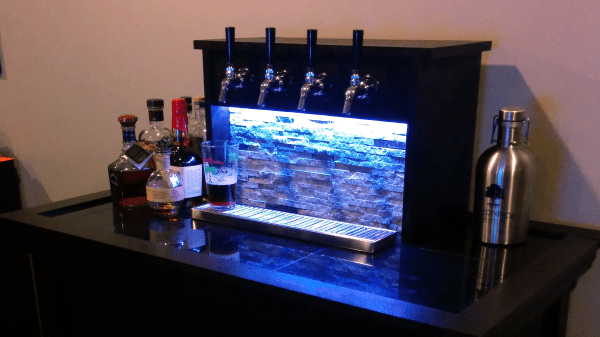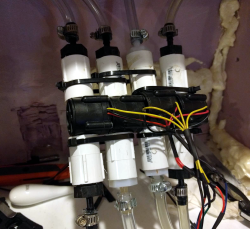Many alcoholic beverages are aged in barrels for long periods of time. The aim is to impart flavors from the wood of the barrel into the liquid, and allow a whole host of chemical reactions to happen, changing the character of the taste. However, this takes time, and time is money. There’s potentially a faster way, however, and [The Thought Emporium] set out to investigate.
Inspired by several research papers, the goal was to examine whether using ultrasound to agitate these fluids could speed the aging process. Initial tests consisted of artificially aging milk, apple cider, and vodka in a small ultrasonic jewelry cleaner for 30 minutes, with cognac chips for flavor. Results were positive amongst the tasters, with the vodka in particular showing a marked color change from the process. A later test expanded the types of wood chip and beverages under test. Results were more mixed, but with a small sample size of tasters, it’s to be expected.
While taste is subjective, there were definite visible results from the aging process. It’s a technique that’s being explored by industry, too. We’ve seen hackers brew up plenty of tasty beverages before, too – often with a little automation thrown in Video after the break.








 spberry Pi and four flow sensors, each one connected to a GPIO port on the Pi. After some calibration, the Python code running on the Pi can calculate a pretty close estimate of the amount of liquid poured. There’s also a temperature sensor in the freezer, so that you can tell how cool your beer is.
spberry Pi and four flow sensors, each one connected to a GPIO port on the Pi. After some calibration, the Python code running on the Pi can calculate a pretty close estimate of the amount of liquid poured. There’s also a temperature sensor in the freezer, so that you can tell how cool your beer is.








